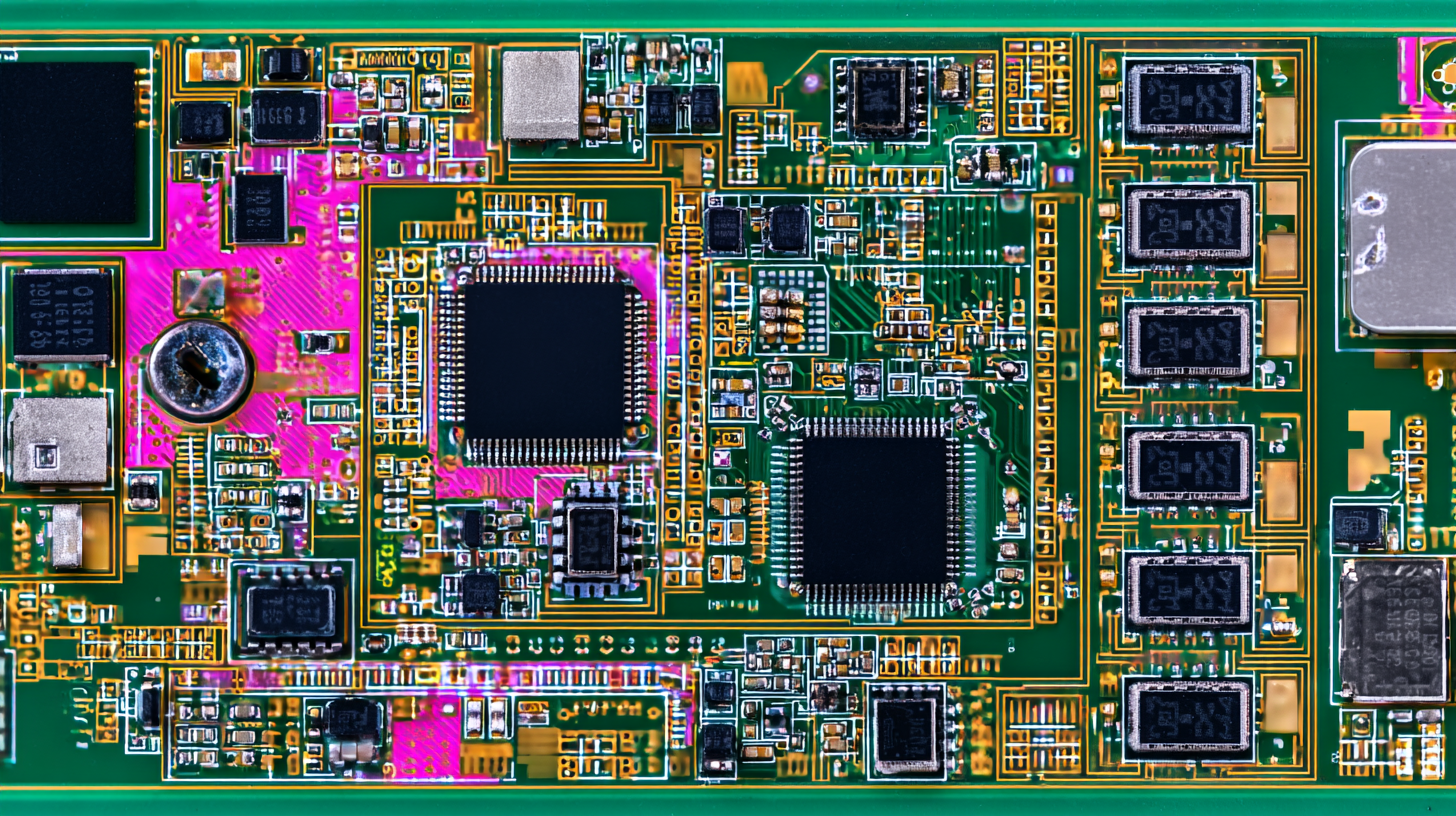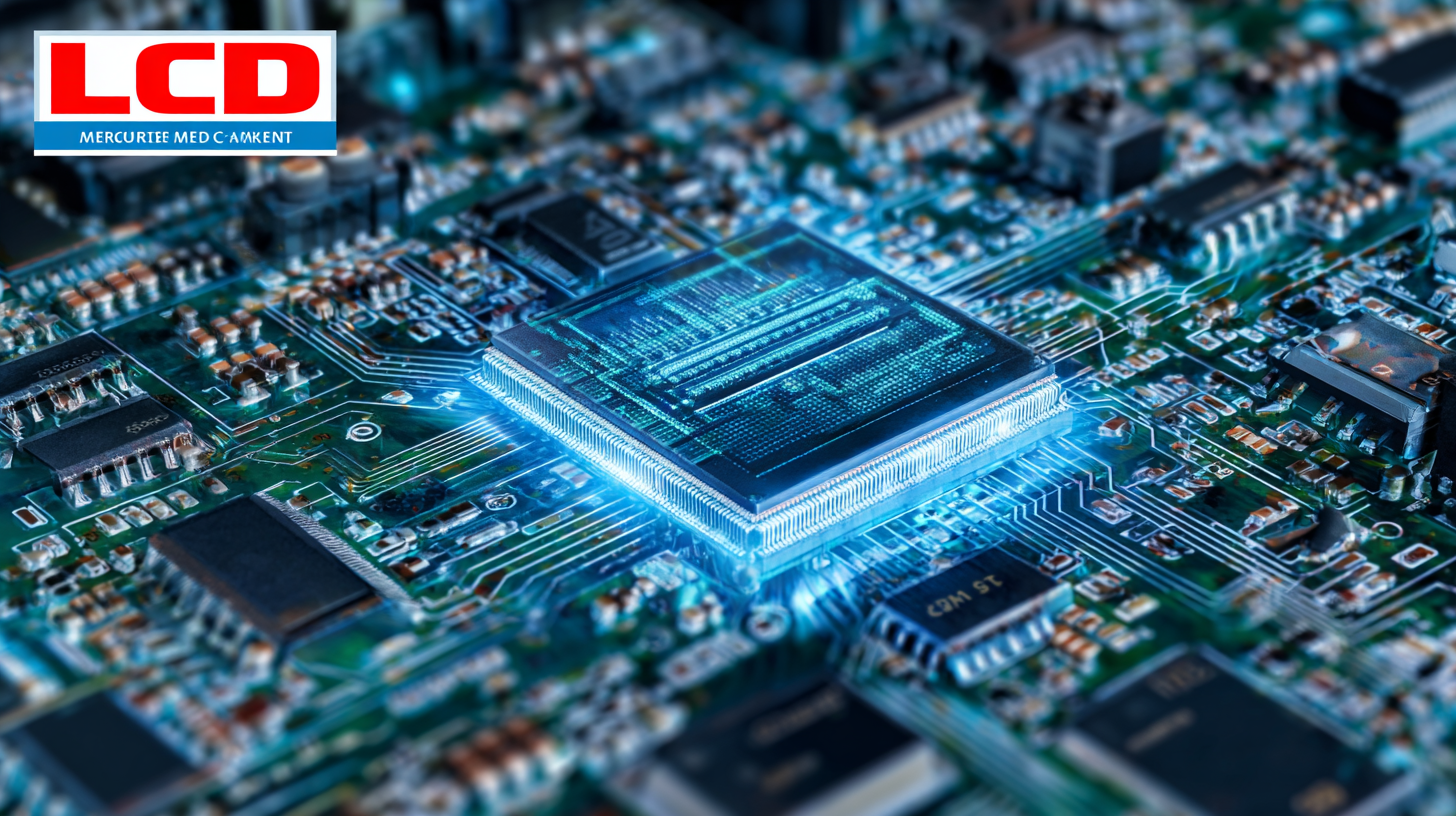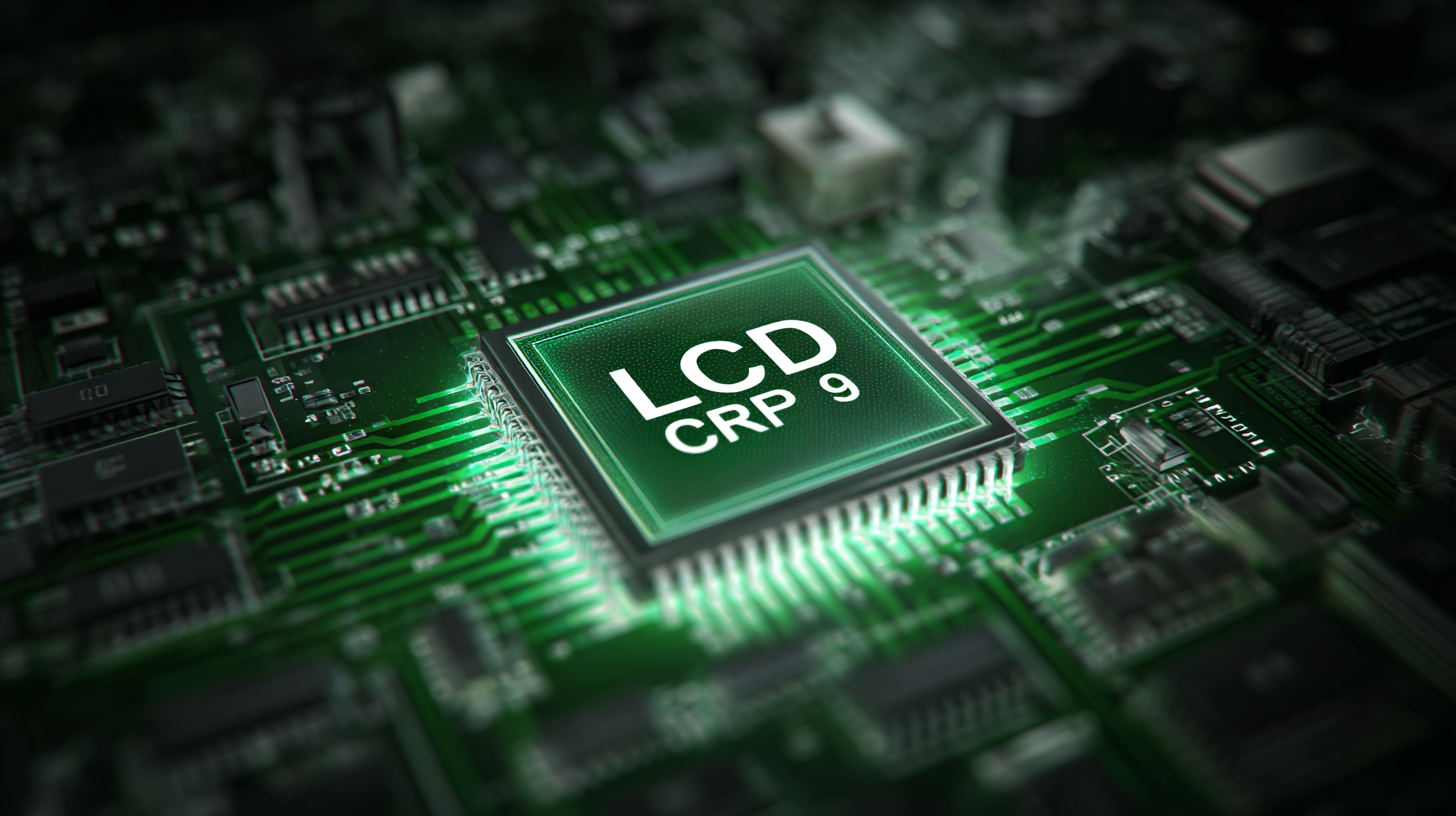
- English
- Español
- Português
- русский
- Français
- 日本語
- Deutsch
- tiếng Việt
- Italiano
- Nederlands
- ภาษาไทย
- Polski
- 한국어
- Svenska
- magyar
- Malay
- বাংলা ভাষার
- Dansk
- Suomi
- हिन्दी
- Pilipino
- Türkçe
- Gaeilge
- العربية
- Indonesia
- Norsk
- تمل
- český
- ελληνικά
- український
- Javanese
- فارسی
- தமிழ்
- తెలుగు
- नेपाली
- Burmese
- български
- ລາວ
- Latine
- Қазақша
- Euskal
- Azərbaycan
- Slovenský jazyk
- Македонски
- Lietuvos
- Eesti Keel
- Română
- Slovenski
- मराठी
- Srpski језик

2025 Market Insights: Shaping the Future of Best LCD Modules with Real-World Examples
As we approach the year 2025, the landscape of technology continues to evolve at an unprecedented pace, and one area that stands out is the development of LCD modules. These components have become integral to a wide array of devices, ranging from smartphones and tablets to automotive displays and medical equipment. In this blog, we will explore the market insights that are shaping the future of LCD modules, backed by real-world examples that illustrate emerging trends and innovations.

By examining the latest advancements and consumer demands, we aim to shed light on how LCD technology is poised to revolutionize various industries, enhance user experiences, and lead to more sustainable production practices. Join us as we delve into the insights that will define the LCD module market in the upcoming years.
Future Trends in LCD Modules: Innovations Driving Market Growth
As we look towards 2025, the LCD module market is poised for significant transformation driven by innovations that promise to enhance performance and expand applications. One of the most notable trends is the rise of Mini-LED technology, which offers superior brightness and color accuracy compared to traditional backlighting methods. This shift not only improves the user experience in high-end displays but also caters to the growing demand for dynamic content across various industries, including automotive, entertainment, and smart home devices.
Simultaneously, the integration of advanced display driver chips is revolutionizing the functionality of LCD modules. These chips, often referred to as the "brain" of the display, enable smarter, more efficient displays that can adapt to user needs and environmental conditions. With the anticipated surge in connected devices, the need for high-quality LCD modules will only intensify, ushering in a new era of growth and innovation in the display industry. As businesses adapt to this evolving landscape, the emphasis on flexibility and responsiveness will be paramount for sustained success in a competitive market.
Real-World Applications of LCD Technology Across Various Industries
LCD technology has become indispensable across various industries, driving innovative applications that enhance efficiency and user experience. According to a report by MarketsandMarkets, the global LCD module market is expected to reach $25.42 billion by 2025, reflecting a CAGR of 7.6% from 2020. This growth is largely fueled by demand in sectors such as automotive, healthcare, and consumer electronics, where high-quality visual displays are essential.
In the automotive industry, for instance, LCD modules are integral to advanced driver-assistance systems (ADAS) and infotainment units. A study by Statista indicates that the automotive display market alone will surpass $8 billion by 2025, with a significant portion consisting of LCD technology. Similarly, the healthcare sector is increasingly adopting LCD modules for medical imaging and diagnostic equipment. The need for precise imaging is critical, with the global medical display market projected to grow at a CAGR of 6.5%, emphasizing the value of high-resolution LCD displays in enhancing patient care and accuracy in diagnostics.
2025 Market Insights: LCD Technology Applications
This chart illustrates the growing adoption of LCD technology across various industries by 2025, highlighting the percentage of use in each sector. The data reflects real-world applications that show how LCD modules are shaping the future of technology in different fields.
Key Benefits of LCD Modules: Enhancing Performance and Efficiency
The landscape of LCD modules is evolving rapidly, and the benefits they bring to industries cannot be overstated. With the global automatic darkening LCD welding helmet market projected to reach $720,000 by 2033, reflecting an impressive growth rate of 11.3% annually from $275,000 in 2024, it emphasizes the significance of LCD technology in enhancing performance and efficiency. LCD modules are pivotal in various applications, offering superior brightness, clarity, and energy efficiency, thus driving productivity across different sectors.
Tip 1: When selecting LCD modules, consider the environment in which they will be used. High contrast and brightness levels are vital in outdoor applications, ensuring visibility in bright sunshine.
Furthermore, the key advantages of LCD modules include their lightweight design and slim profile, which facilitate integration into various devices without adding bulk. Their low power consumption makes them an excellent choice for battery-operated devices, extending usage time and reducing costs in the long run.
Tip 2: Evaluate the longevity and durability of LCD modules when making a purchasing decision. High-quality LCD displays often come with extended warranties, ensuring robust performance over time.
Incorporating innovative technologies such as adaptive brightness control can further enhance the user experience, making LCD modules an indispensable component in modern electronic designs. As we move toward 2025, the continuous advancements in LCD technology will undoubtedly reshape industry standards and user expectations.
2025 Market Insights: Shaping the Future of Best LCD Modules with Real-World Examples - Key Benefits of LCD Modules: Enhancing Performance and Efficiency
| Application Area | Key Benefits | Performance Enhancements | Efficiency Improvements | Real-World Example |
|---|---|---|---|---|
| Consumer Electronics | High resolution and color accuracy | Enhanced image clarity | Lower power consumption | Smartphones with OLED displays |
| Industrial Applications | Durability and high visibility | Improved operational efficiency | Increased lifespan of displays | Control panels in manufacturing lines |
| Healthcare | Enhanced image detail for diagnostics | Better patient monitoring | Optimized energy use in devices | Ultrasound and MRI machines |
| Automotive Displays | Improved driver visibility | Real-time data display | Reduced weight and bulk | Touchscreen dashboards |
| Public Information Systems | Clear visibility in various lighting | Effective communication of information | Efficient space utilization | Digital signage in transportation hubs |
Comparative Analysis: LCD Modules vs. Alternative Display Technologies
As the display technology landscape evolves, a comparative analysis of LCD modules versus alternative display technologies reveals significant insights for 2025. According to a recent report by MarketsandMarkets, the global LCD market is expected to grow from $103 billion in 2020 to $146 billion by 2025, driven largely by advancements in thin-film transistor technology. LCD modules, favored for their cost-effectiveness and widespread compatibility, continue to dominate in sectors such as consumer electronics and automotive displays.

In contrast, technologies like OLED and MicroLED are making headway, particularly in high-end applications. OLED displays provide superior color accuracy and contrast ratios, which have led to an annual growth rate of 20% within this segment, as noted in a study by IHS Markit. Meanwhile, MicroLED technology, characterized by its modular design and enhanced brightness, is projected to increase in adoption as production costs decrease. As these technologies evolve, the competitive landscape for display modules will become increasingly complex, urging manufacturers to innovate and adapt to market demands.
Sustainability and Eco-Friendliness in LCD Module Development
The shift towards sustainability in LCD module development is not merely a trend; it reflects a profound change in consumer behavior. According to a recent study by McKinsey and NielsenIQ, products marketed as environmentally and socially responsible have seen significant sales growth, indicating that consumers are willing to support businesses that align with their values. This shift drives manufacturers to innovate eco-friendly solutions in LCD technology, emphasizing materials and processes that minimize environmental impact.
Recent technological advancements highlight this commitment to sustainability. University of Chicago chemists have developed an eco-friendly microfabrication method using water and natural materials. Moreover, innovative uses of potato starch-based films are paving the way for sustainable, cytocompatible, and flexible electronics, making them attractive alternatives to traditional materials. This growing focus on sustainability not only addresses climate concerns but also aligns with consumer preferences for greener products.
**Tips:**
1. When selecting LCD modules, prioritize those from manufacturers who implement sustainable practices and use eco-friendly materials to significantly reduce your carbon footprint.
2. Stay informed about innovations in sustainable materials and technologies to ensure your purchases align with your values and support environmentally responsible businesses.
3. Advocate for sustainability within your own organization; use your purchasing power to influence the market towards more eco-friendly options.
